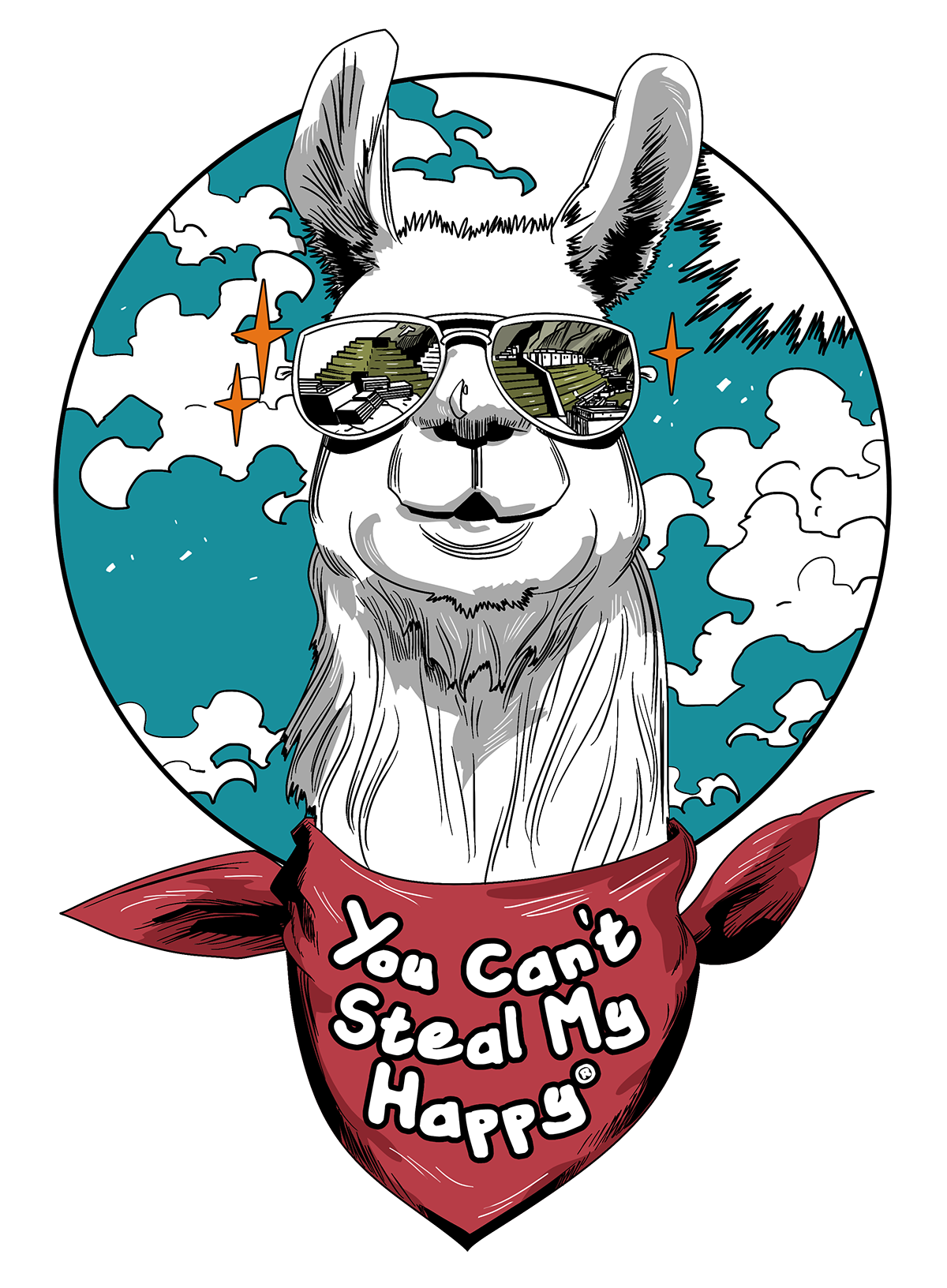Between the Pacific Ocean and the base of the Andes, one of world’s great mountain ranges, Chile boasts some of the world’s most varied and dramatic landscapes. To comprehend its diverse geography, imagine a single country stretching from Baja California through California, the Pacific northwest coast and up to the Alaska Panhandle. Chile’s length—including the entire length of its jagged coast and islands—is an amazing 7,633 mi/12,606 km in all, making it the 19th-longest country in the world when measured by coastline, and the second-longest in South America.
Once considered remote, Chile is now one of South America’s most modern and convenient travel destinations, with contemporary infrastructure and comforts. Among Chilean specialty tours are those focusing on wine production, desert flora and fauna, fly-fishing, skiing, river rafting and kayaking, and hiking through stunning Patagonian landscapes.
Modern Chile reflects Spanish, Basque, British, German and Croatian ancestry, but the bulk of the population is mestizo. Even so, there are still a million indigenous Mapuche in the south, a nation that remained autonomous until the late 19th century.
In pre-Columbian times, northernmost Chile formed part of the Inca empire, and the semisedentary Araucanians (ancestors of the Mapuche) occupied most of the heartland and southern temperate zones. In the far south, there were small populations of hunter-gatherers.
Spanish explorers, conquerors and settlers arrived in the mid-1530s and began a struggle with the native residents that lasted more than 300 years. Even after Chilean independence in 1810, it was another 70 years before the Mapuche finally were defeated.
By the early 19th century, criollos (American-born Spaniards) had already made substantial moves toward independence. Led by Bernardo O’Higgins, the illegitimate son of the Irish Viceroy of Peru, and others, an independent junta was created on 18 September 1810. With the assistance of Argentina’s Jose de San Martin, O’Higgins fought to expel the Spaniards from the continent. Chileans consider O’Higgins the country’s greatest national hero.
Throughout most of its history, and unlike its neighbors, Chile has enjoyed constitutional rule, an undefeated army and a republican form of government. It achieved its present boundaries after gaining the nitrate-rich Atacama Desert in the late-19th-century War of the Pacific, against Peru and Bolivia. The most notorious period of Chile’s recent history began in 1970, when economic difficulties and political unrest followed the election of South America’s first Marxist president, Salvador Allende. The tensions culminated in 1973 when a military junta headed by General Augusto Pinochet took over the country.
Pinochet ruled the country with the proverbial iron fist until 1988. Critics of his regime were executed or imprisoned (many were mysteriously “disappeared” by the armed forces), and others went into exile as the general isolated Chile from most of the world. But Chile’s democratic tradition reasserted itself when Pinochet decisively lost a 1988 plebiscite (held because he wanted to legitimate his presidential powers for another decade). A presidential election brought Christian Democrat Patricio Aylwin to power, initiating an unbroken series of victories by the center-left coalition known as the Concertacion until 2010, when center-right president Sebastian Pinera took office.
After Pinochet’s surprise arrest in London in 1998, a bid to try him in Spain for alleged human-rights abuses against Spanish citizens failed in 2000. His return to Chile, however, did not mean the end of his troubles. The Chilean courts showed themselves willing to enter legal action against the former dictator and his collaborators. He lost even many of his diehard supporters with revelations of secret overseas bank accounts and false documents, including passports, for himself and family members. However, his lawyers stalled by arguing that he was too ill to stand trial, and he died 10 December 2006 after a heart attack.
A year earlier, following a highly successful presidency by Pinochet opponent Ricardo Lagos, Chileans made history by electing the continent’s first female president, Socialist Michelle Bachelet. Bachelet, Chile’s defense minister under Lagos, was herself a torture victim. Her father, an air force general, was killed by the Pinochet regime. President Pinera, who had openly criticized the dictatorship during the plebiscite, is the first successful president candidate of the Alianza por Chile, a right-of-center coalition that includes many former Pinochet supporters.
In recent years, Chile’s economy has proved the continent’s strongest and most stable, thanks largely to strong prices for copper, the country’s main export, which has helped the country to recover quickly from the massive February 2010 earthquake that measured 8.8 on the Richter scale.
